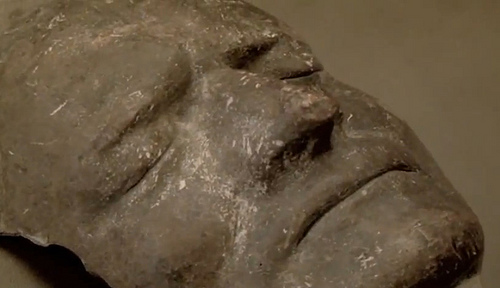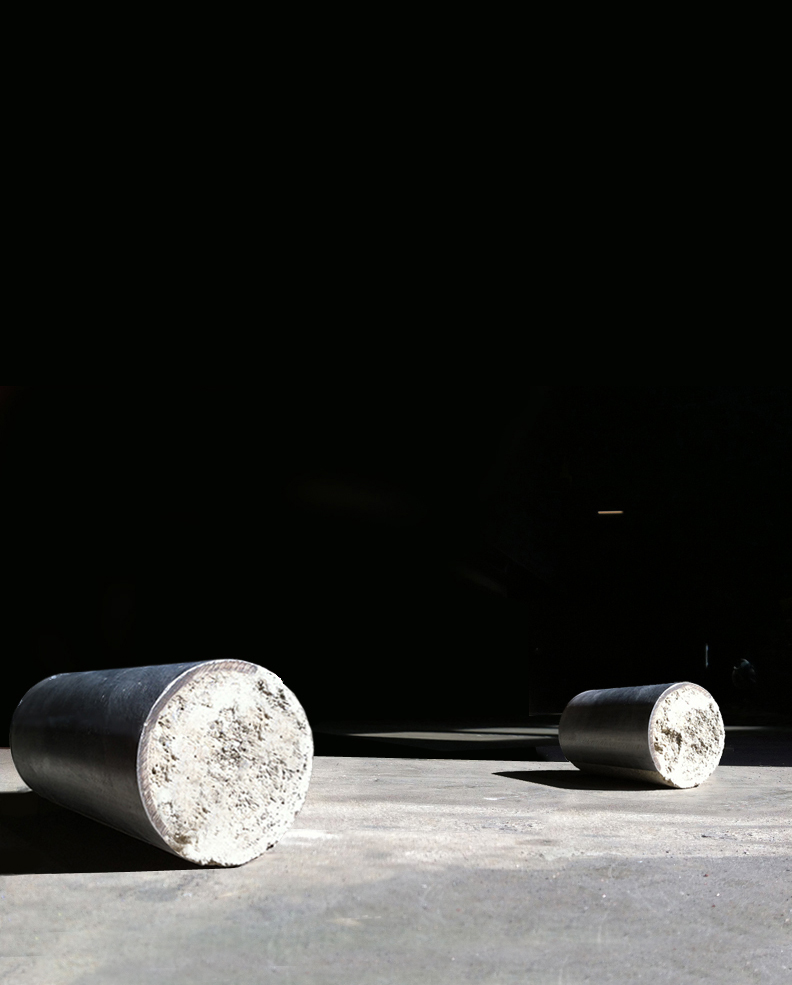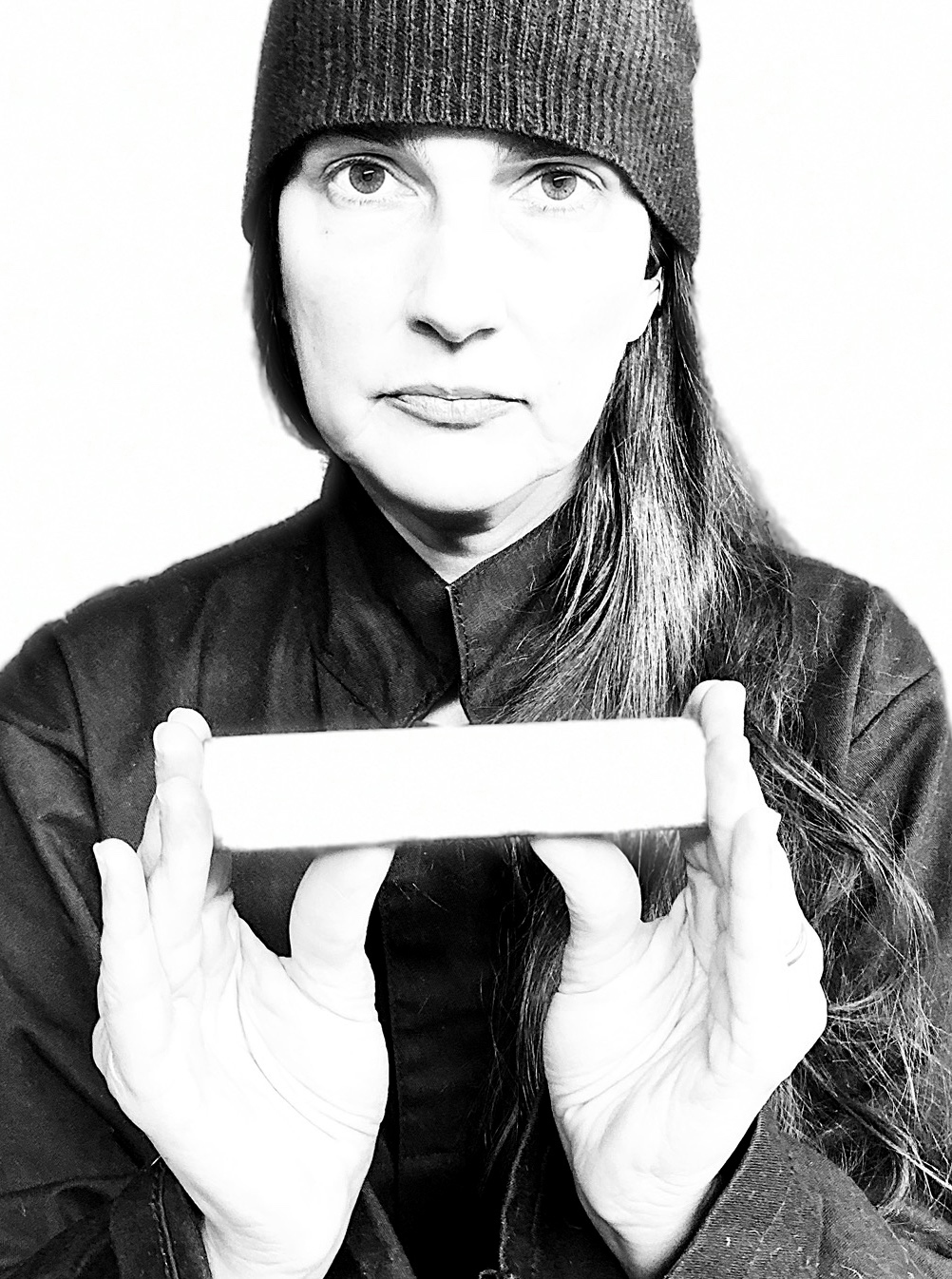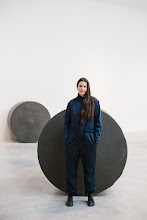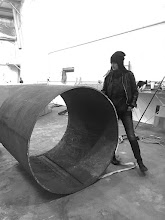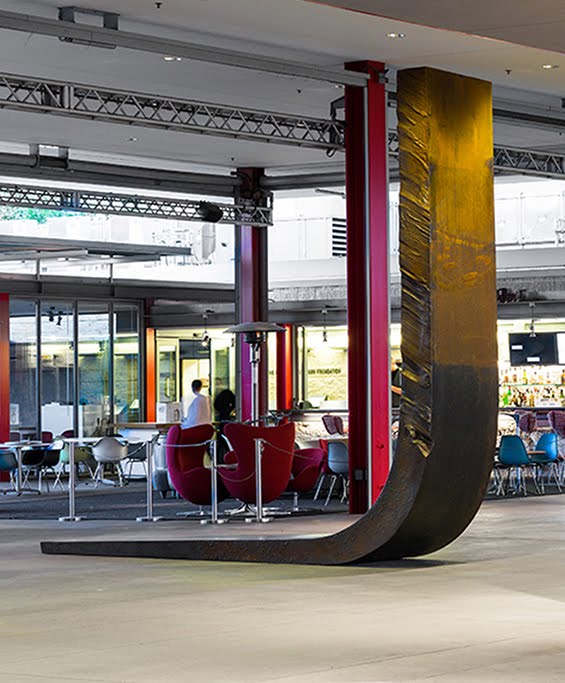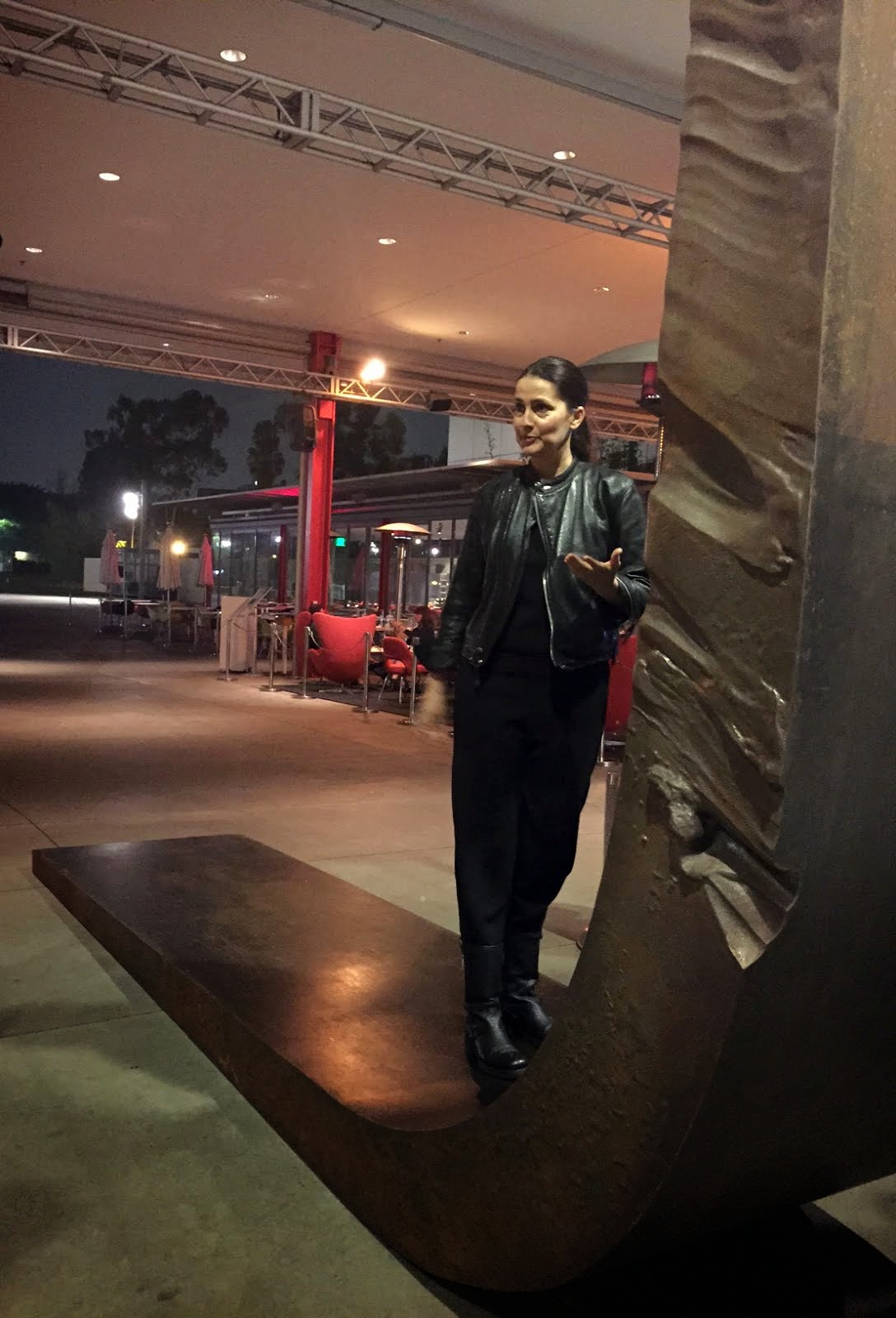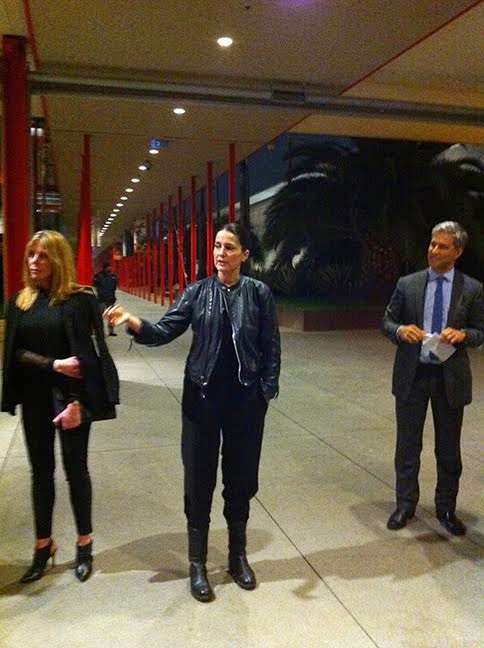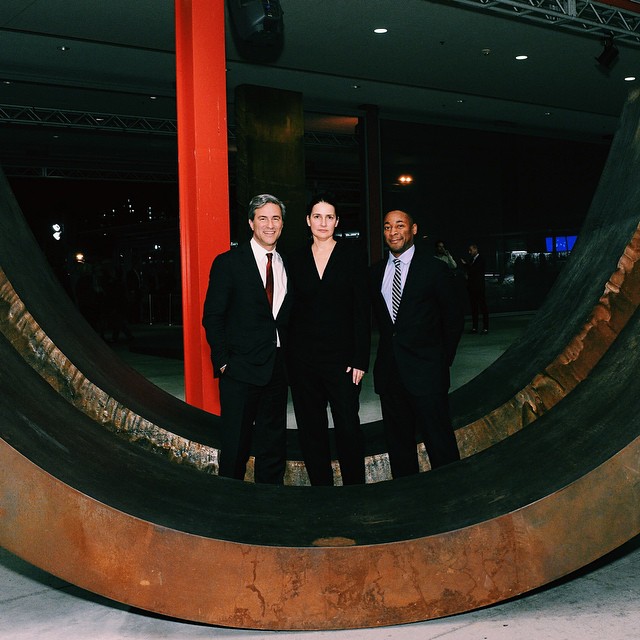Death Mask of Issac Newton. Prepared by Artist John Michael Rijsbrack (1694-1770)
Noumeral Series.101 and Noumeral Series.102, 2012: Artist Christine Corday
on a train ride south to the city, i pondered the death and life mask from an image i was reading in the paper--never thinking on it before--i was moved by the sensate communication the mask gives to a comprehension of the individual's life---i was impacted by what is shared in being human. spending time with newton, schrodinger, beethoven, keats, joyce, and marat 's death masks i was moved by the nature their physical body gave as last impression of their living discourse---aspects of the artist's process in making these life or death masks drew parallels to the existing process of my "noumeral" works--it was curious to me then how the steel records the life, the history of the concrete Form much as the plaster over the subject's face. the plaster records the flesh, contour and eerie depth of soul from a human face; steel records the cement's, rendering a smooth depth of almost silence, like a wax cylinder full with yet with no audible sound of thousands of years of human-applied story, even its first combusted deposits 12 million years ago within the earth.
the strange smooth silent mask of steel upon the cement allows similar contemplation of the plaster's folds and creases over the details of a life uncaptured yet recorded by its flesh, the life and death of a medium.
